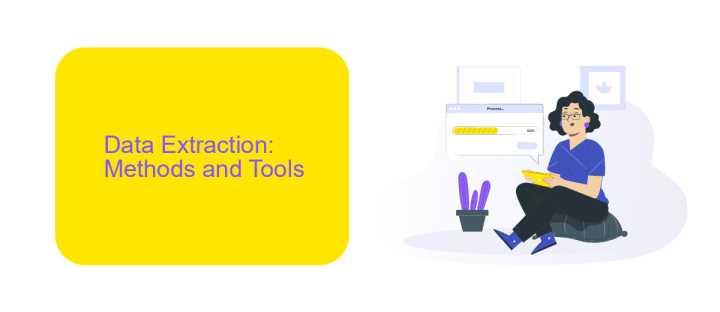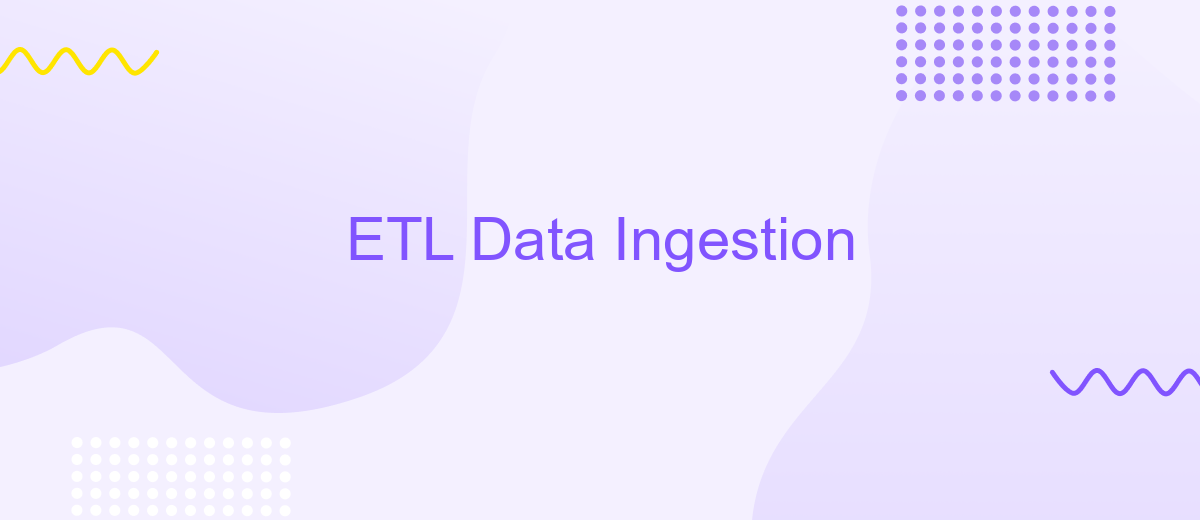ETL Data Ingestion
ETL (Extract, Transform, Load) data ingestion is a crucial process in data management that involves extracting data from various sources, transforming it into a suitable format, and loading it into a data warehouse or database. This process ensures that data is clean, consistent, and ready for analysis, enabling organizations to make informed decisions and gain valuable insights.
ETL Data Ingestion Overview
ETL (Extract, Transform, Load) data ingestion is a crucial process in data management, enabling the seamless transfer and transformation of data from various sources into a centralized data warehouse. This process ensures that data is clean, consistent, and ready for analysis, which is vital for making informed business decisions.
- Extract: Data is collected from multiple sources such as databases, APIs, and flat files.
- Transform: The extracted data is cleaned, normalized, and formatted to meet the requirements of the target system.
- Load: The transformed data is then loaded into a data warehouse or data lake for further analysis and reporting.
Tools like ApiX-Drive simplify the ETL data ingestion process by providing easy-to-use interfaces for setting up integrations and automating data flows. This not only saves time but also reduces the risk of errors, ensuring that data is always accurate and up-to-date. By leveraging such services, businesses can focus more on data analysis and less on the complexities of data ingestion.
Data Extraction: Methods and Tools

Data extraction is a critical phase in the ETL (Extract, Transform, Load) process, where raw data is retrieved from various sources for further processing. Common methods for data extraction include web scraping, database querying, and API calls. Web scraping involves extracting data from websites, often requiring specialized tools like Beautiful Soup or Scrapy. Database querying, on the other hand, involves using SQL or other query languages to retrieve data from relational databases. API calls are another popular method, enabling seamless data extraction from various platforms and services through predefined endpoints.
Several tools and services can facilitate efficient data extraction. For instance, ApiX-Drive is a versatile integration platform that simplifies the process of connecting different applications and automating data transfer. It supports a wide range of APIs, making it easier to extract data from various sources without extensive coding. Other notable tools include Talend, which offers a comprehensive suite for data integration, and Apache Nifi, known for its robust data flow management capabilities. Choosing the right method and tool depends on the specific requirements and complexity of the data sources involved.
Data Transformation: Cleansing, Filtering, and Aggregation

Data transformation is a crucial step in the ETL process, ensuring that the ingested data is accurate, relevant, and ready for analysis. This step involves cleansing, filtering, and aggregating data to improve its quality and utility.
- Cleansing: This involves removing or correcting erroneous data, handling missing values, and standardizing data formats. It ensures that the dataset is free from inconsistencies and inaccuracies.
- Filtering: This step involves selecting only the relevant data based on predefined criteria. Filtering helps in reducing the dataset size and focuses on the most pertinent information for analysis.
- Aggregation: This involves summarizing data by grouping and calculating metrics such as sums, averages, and counts. Aggregation provides a high-level view of the data, making it easier to identify trends and patterns.
Services like ApiX-Drive can significantly streamline the data transformation process by automating integration settings and providing tools for effective data cleansing, filtering, and aggregation. These capabilities ensure that the transformed data is reliable and ready for further processing and analysis.
Data Loading: Techniques and Strategies

Data loading is a critical phase in the ETL process, involving the transfer of data from a staging area to the final destination, such as a data warehouse or data lake. This step ensures that the data is available for analysis, reporting, and further processing.
There are several techniques and strategies for effective data loading, each suited to different use cases and system architectures. The choice of method depends on factors such as data volume, frequency of updates, and system performance requirements.
- Batch Loading: Ideal for large volumes of data, typically scheduled during off-peak hours to minimize system impact.
- Real-Time Loading: Suitable for applications requiring immediate data availability, often using streaming technologies.
- Incremental Loading: Efficient for updating only changed data, reducing the load on the system.
- API Integration: Services like ApiX-Drive facilitate seamless data transfer between various platforms and applications.
Choosing the right data loading strategy is crucial for maintaining system performance and ensuring data integrity. Tools like ApiX-Drive can simplify the integration process, making it easier to manage data flows across different systems and platforms.
- Automate the work of an online store or landing
- Empower through integration
- Don't spend money on programmers and integrators
- Save time by automating routine tasks
Quality Assurance and Monitoring
Ensuring the quality and reliability of data during the ETL (Extract, Transform, Load) process is paramount. Implementing robust Quality Assurance (QA) measures helps in identifying and rectifying data inconsistencies, errors, and anomalies. This involves setting up automated validation rules, conducting regular audits, and employing data profiling techniques. By integrating tools like ApiX-Drive, organizations can streamline the process of data ingestion, ensuring seamless and accurate data transfer across various platforms. ApiX-Drive's automated workflows and real-time monitoring capabilities significantly reduce the risk of data discrepancies, making it an invaluable asset in maintaining data integrity.
Monitoring the ETL process is equally crucial to ensure continuous data flow and system health. Real-time monitoring tools provide insights into the performance and status of data pipelines, allowing for prompt detection and resolution of issues. Setting up alerts and dashboards helps in tracking key metrics and identifying bottlenecks. ApiX-Drive offers comprehensive monitoring features that enable organizations to visualize data flows, track integration statuses, and receive notifications on critical events. This proactive approach to monitoring not only enhances data quality but also ensures operational efficiency and reliability.
FAQ
What is ETL Data Ingestion?
Why is ETL important for businesses?
How can I automate ETL Data Ingestion?
What are the common challenges in ETL Data Ingestion?
How do I ensure data quality during ETL processes?
Apix-Drive is a universal tool that will quickly streamline any workflow, freeing you from routine and possible financial losses. Try ApiX-Drive in action and see how useful it is for you personally. In the meantime, when you are setting up connections between systems, think about where you are investing your free time, because now you will have much more of it.


